If there is one thing a wine must do during the warmer days of the year, it is to quench thirst. Enthusiasts refer to these wines as vins de soif — wines that are easy-drinking, or that are drinking well. They make your mouth water — because of their high-acidity — and you go from your first sip, to guzzling the rest of the glass down without a second thought, or restraint.
These wines pair exceptionally well with food, but can also be enjoyed on their own; and they don’t discriminate. They come in the form of red, rosé, white, and skin contact wines, so they can be enjoyed no matter what your preferred style of wine is. We rounded up a few bottles worth seeking that will keep you effortlessly satiated, cooled, and buzzed this spring.
Related Guides:
2019 Endless Crush Rosé of Pinot Noir, OGV Estate
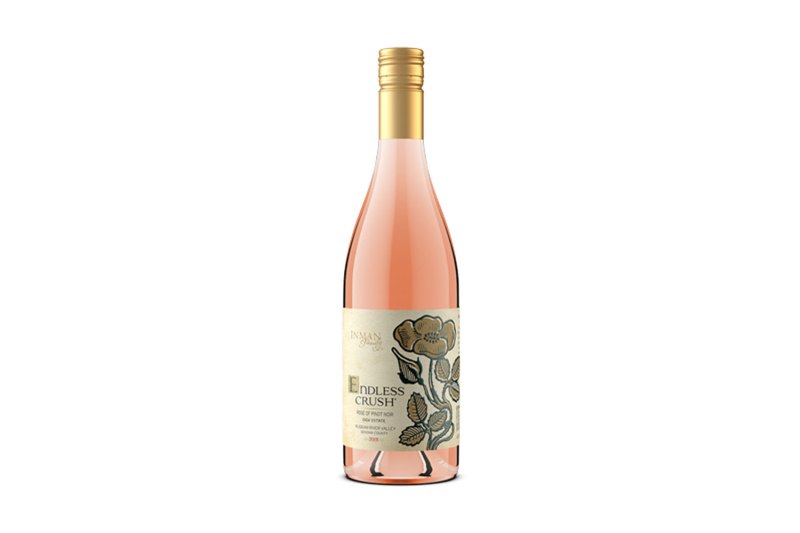
The 2019 vintage of the Endless Crush Rosé, produced by the Inman Family, is made entirely from their “Sonoma County Sustainable” certified Olivet Grange estate fruit. Inspired by rosés from the famed French wine region, Provence, the wine is intentionally produced — as opposed to being a byproduct of making red wine — which adds complexity and a distinct flavor profile.
The wine is structured and ripe with acidity, but lower in alcohol, clocking in at 12% ABV, which makes it easy to drink. The pale pink hue will entice you to take your first sip, but the flavors of fresh Summer fruits are what will get you guzzling it down: ripe strawberries, watermelon, lemon pith, a hint of rose petal, and a delicate brininess that is common with wines from California’s Russian River Valley appellation. For the price of $38, it’s a steal.
Eidos de Padriñán Albariño 2016
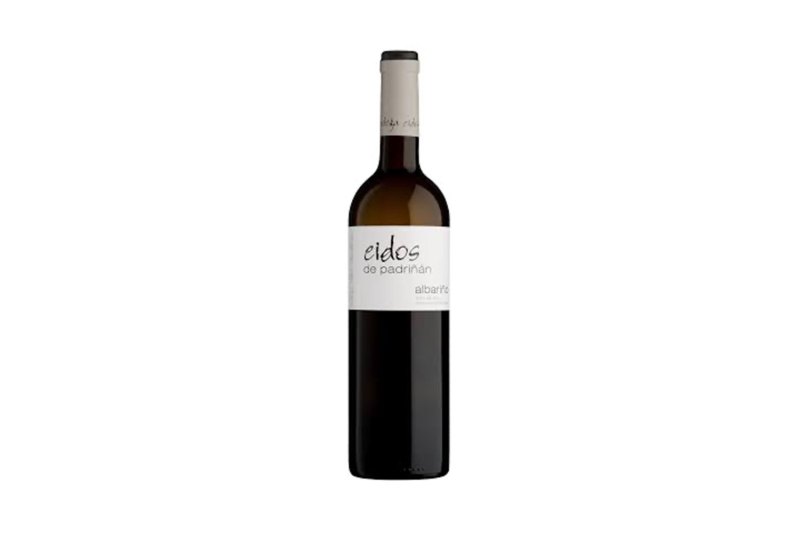
This 2016 vintage, Spanish white wine is one of the better value bottlings of Albariño on the market, and is currently sipping extraordinarily well. When properly chilled, the acidity is so fresh that the 13.5% ABV barely registers (until you’ve had a few glasses, of course).
It has a velvety texture and boasts flavors of citrus pulp, pith, melon, floral characteristics, as well as some tree fruits such as apple, pear, and apricot. It’s clean, with a bit of minerality and brininess because of its coastal influence, and is the perfect quaffable white wine for a day at the beach.
Gaspard Pinot Noir
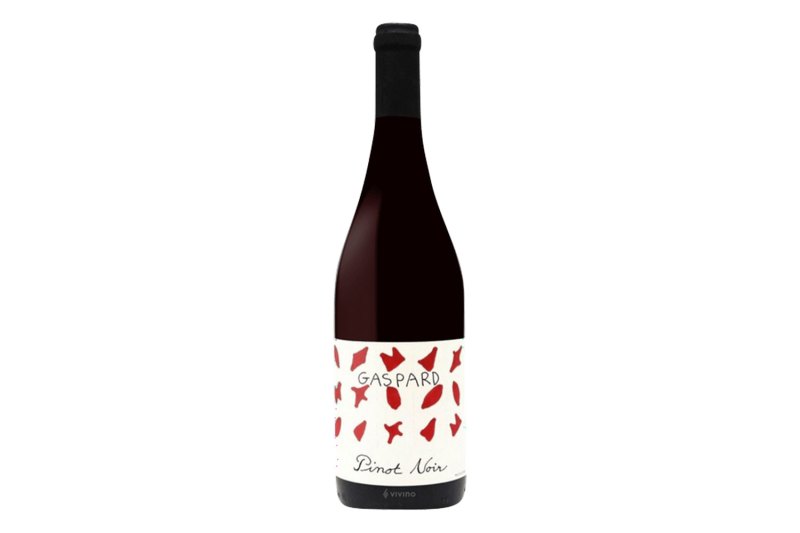
If approachable red wines are your thing, then this delicious natural Pinot Noir from France’s Loire Valley is worth seeking out. The grapes are grown without synthetic pesticides, fertilizers, or herbicides in the vineyard; indigenous yeasts are used during fermentation; and the wine is unoaked to create a unique flavor, yet the wine is still identifiable as a Pinot Noir.
Besides, a little chill on this red wine will make it the ultimate thirst-quencher during hot weather. It has a zippy acidity; notes of under-ripe blackberries, plums, cherry, cassis, and earth; and is the perfect introduction to natural wines if you have always been a skeptic.
Terpin Quinto Quarto 2018
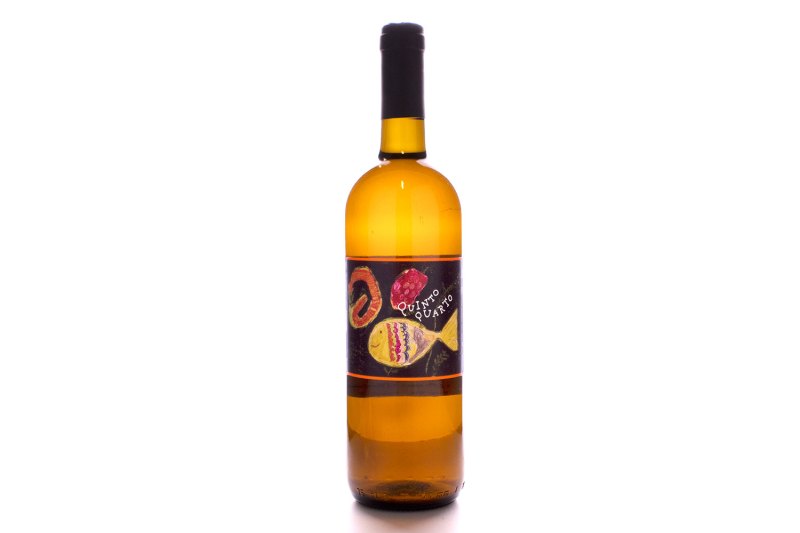
Orange (aka skin contact) wine is quite the fad amongst Millennial wine drinkers, but they really are for everyone. This specific bottling is made by Franco Terpin, a well-known natural wine producer who has vineyards on both sides of the Italian-Slovenian border, and is made entirely from the indigenous white grape, Ribolla Gialla.
The wine is complex, with a perfect balance of complexity, bright acidity, bitterness, and funk from the wild yeast fermentation and low-intervention winemaking methods. It’s is incredibly refreshing, and the unique flavor profile will have you curious to take sip after sip, pondering what the hell you’re actually tasting. It’s a must if you can get your hands on a bottle, and is reasonably priced at around $30.
Txakoli Ametzoi Rose
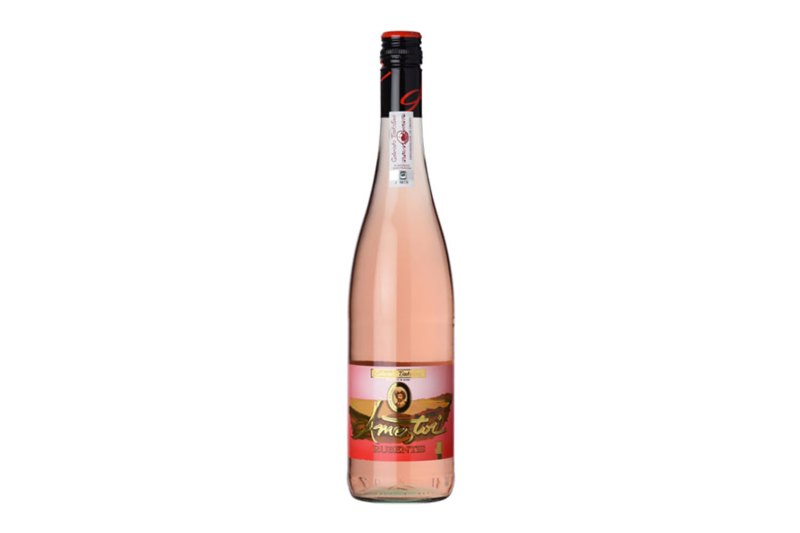
Txakoli is a style of low-alcohol, high-acid dry wines from the Basque region in Spain. The three sub-regions in Basque are all influenced by the Bay of Biscay, which imposes notes of sea spray and sea salt onto many of the typically white wines of the region. The Ameztoi family vineyards are perched on a cliff, above the salty waves of the sea, making the coastal influence even more prominent. The brand’s rosé is made with the indigenous grape, Hondarrabi Beltza, and is incredibly quaffable. It boasts notes of salt, citrus juice, citrus peel, and rose petal, and is balanced with sweeter red fruit flavors as well. It is the perfect introduction to this unique category of wines, and it’s worth buying a case of if you can get your hands on it.



